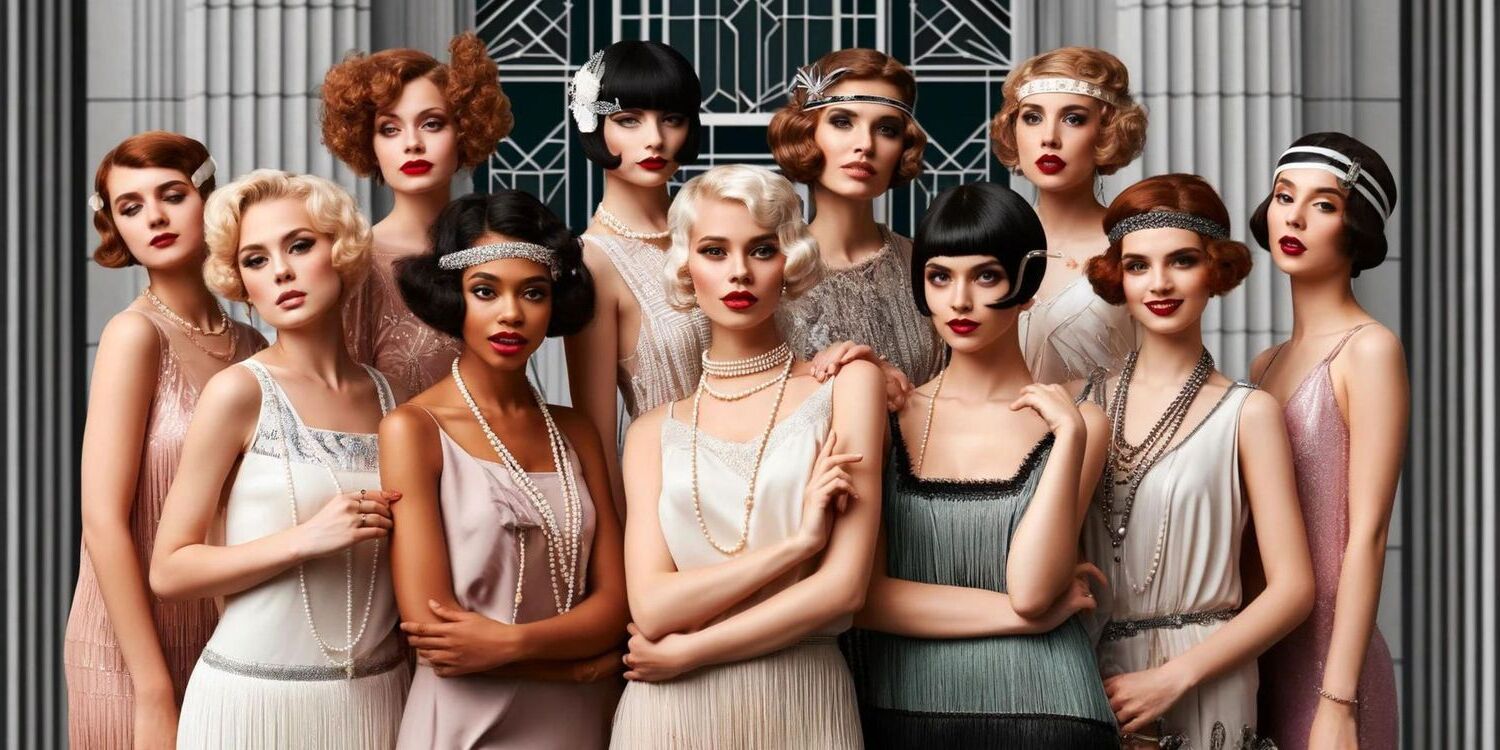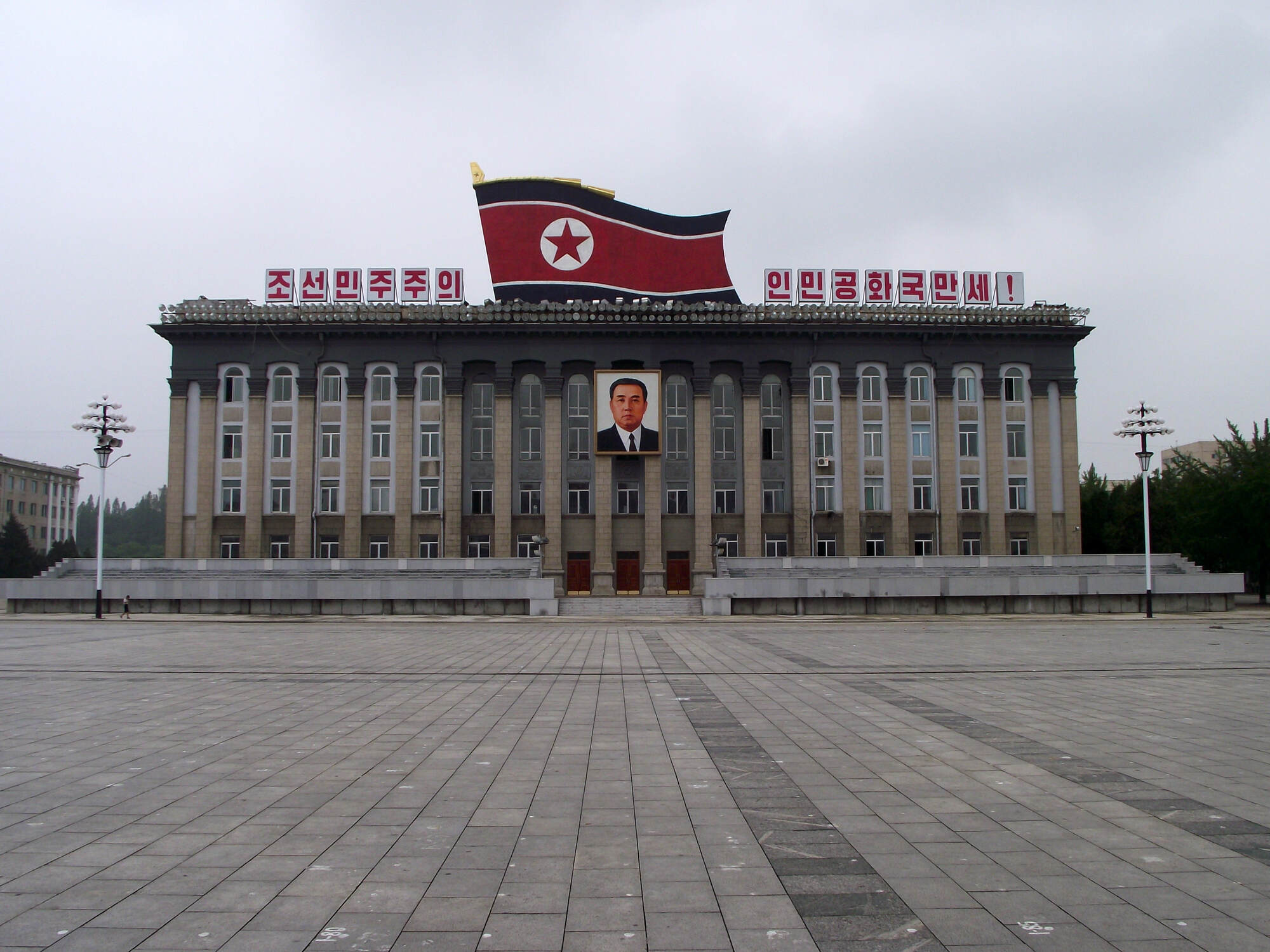
The Roaring Twenties was a decade of dramatic social and political change. But what made this era so unique? Jazz music filled the air, flappers danced with abandon, and Prohibition tried to keep everyone dry. Yet, speakeasies thrived, and the stock market soared. Women’s rights took a giant leap forward, with the 19th Amendment granting women the right to vote. Art Deco defined the aesthetic, while silent films gave way to talkies. This period also saw the rise of consumer culture, with radios and automobiles becoming household staples. Curious about more? Let’s dive into 38 fascinating facts about the Roaring Twenties!
Key Takeaways:
- The Roaring Twenties was a time of exciting change, from jazz music to women's rights. But it all came crashing down with the stock market crash of 1929, leading to the Great Depression.
- The 1920s saw the rise of jazz, flappers, and technological innovations like the first talking motion picture. However, the decade ended with the devastating stock market crash, marking the beginning of the Great Depression.
The Roaring Twenties: A Decade of Change
The 1920s, often called the Roaring Twenties, was a decade of transformation and excitement. From jazz music to flapper fashion, this era was marked by significant cultural, social, and economic changes.
- The term "Roaring Twenties" reflects the exuberant, freewheeling culture of the decade.
- Jazz music became wildly popular, with artists like Louis Armstrong and Duke Ellington leading the way.
- Flappers, young women known for their energetic freedom, became icons of the era.
- The 1920s saw the rise of the Harlem Renaissance, a cultural revival of African American music, dance, art, and literature.
- Prohibition, the nationwide ban on alcohol, was in effect from 1920 to 1933.
- Speakeasies, illegal bars selling alcohol, became widespread due to Prohibition.
- The 19th Amendment, granting women the right to vote, was ratified in 1920.
- The first commercial radio station, KDKA in Pittsburgh, began broadcasting in 1920.
- The stock market experienced unprecedented growth, leading to the term "The Roaring Twenties."
- The decade ended with the stock market crash of 1929, leading to the Great Depression.
Technological Advancements and Innovations
The 1920s were also a time of significant technological advancements. Innovations in various fields changed everyday life and set the stage for future developments.
- The automobile industry boomed, with Henry Ford's Model T becoming affordable for many Americans.
- Charles Lindbergh made the first solo nonstop transatlantic flight in 1927.
- The first talking motion picture, "The Jazz Singer," premiered in 1927.
- Television technology began to develop, with the first successful demonstration in 1927.
- Penicillin, the first true antibiotic, was discovered by Alexander Fleming in 1928.
- The first electric refrigerator for home use was introduced in the 1920s.
- The invention of the traffic signal by Garrett Morgan in 1923 improved road safety.
- The first commercial airline flight took place in 1920, marking the beginning of passenger air travel.
- The invention of the Band-Aid by Earle Dickson in 1920 provided a convenient way to treat minor injuries.
- The first liquid-fueled rocket was launched by Robert H. Goddard in 1926.
Cultural Shifts and Social Changes
The Roaring Twenties were a time of significant cultural shifts and social changes. These changes influenced various aspects of life, from fashion to social norms.
- The Art Deco movement, characterized by bold geometric designs, became popular in architecture and design.
- The Charleston dance craze swept the nation, symbolizing the carefree spirit of the decade.
- The Scopes Trial of 1925 highlighted the conflict between science and religion over the teaching of evolution in schools.
- The Lost Generation, a group of disillusioned writers including Ernest Hemingway and F. Scott Fitzgerald, emerged during this time.
- The Ku Klux Klan experienced a resurgence in the 1920s, promoting white supremacy and nativism.
- The first Miss America pageant was held in Atlantic City in 1921.
- The rise of consumer culture led to the popularity of department stores and mail-order catalogs.
- The first Winter Olympics were held in Chamonix, France, in 1924.
- The League of Women Voters was founded in 1920 to help women take a larger role in public affairs.
- The first Macy's Thanksgiving Day Parade took place in New York City in 1924.
Economic Boom and Bust
The economic landscape of the 1920s was marked by both prosperity and eventual downturn. The decade's economic trends had lasting impacts on the United States and the world.
- The introduction of installment buying allowed consumers to purchase goods on credit.
- The stock market saw unprecedented growth, with many Americans investing heavily in stocks.
- The Fordney-McCumber Tariff of 1922 raised tariffs on imported goods to protect American businesses.
- The agricultural sector struggled during the 1920s, with many farmers facing financial difficulties.
- The construction of skyscrapers, such as the Chrysler Building, symbolized economic growth and modernity.
- The Kellogg-Briand Pact of 1928 aimed to prevent war by making it illegal as a tool of national policy.
- The Federal Radio Commission, established in 1927, began regulating radio broadcasting.
- The stock market crash of October 1929 marked the end of the Roaring Twenties and the beginning of the Great Depression.
The Roaring Twenties' Legacy
The Roaring Twenties left an indelible mark on history. This decade saw the rise of jazz music, flappers, and speakeasies, transforming social norms and cultural landscapes. Economic prosperity fueled consumerism, leading to innovations like mass production and the automobile boom. However, the era wasn't without its challenges. The Prohibition era brought about a surge in organized crime, and the decade ended with the stock market crash of 1929, ushering in the Great Depression.
Despite its ups and downs, the 1920s remain a fascinating period of transformation and excitement. The advancements in technology, changes in social behavior, and the vibrant cultural scene continue to influence modern society. Understanding this dynamic decade helps us appreciate the complexities and rapid changes that shaped the world we live in today. The Roaring Twenties truly were a time of both innovation and upheaval.
Frequently Asked Questions
Was this page helpful?
Our commitment to delivering trustworthy and engaging content is at the heart of what we do. Each fact on our site is contributed by real users like you, bringing a wealth of diverse insights and information. To ensure the highest standards of accuracy and reliability, our dedicated editors meticulously review each submission. This process guarantees that the facts we share are not only fascinating but also credible. Trust in our commitment to quality and authenticity as you explore and learn with us.


